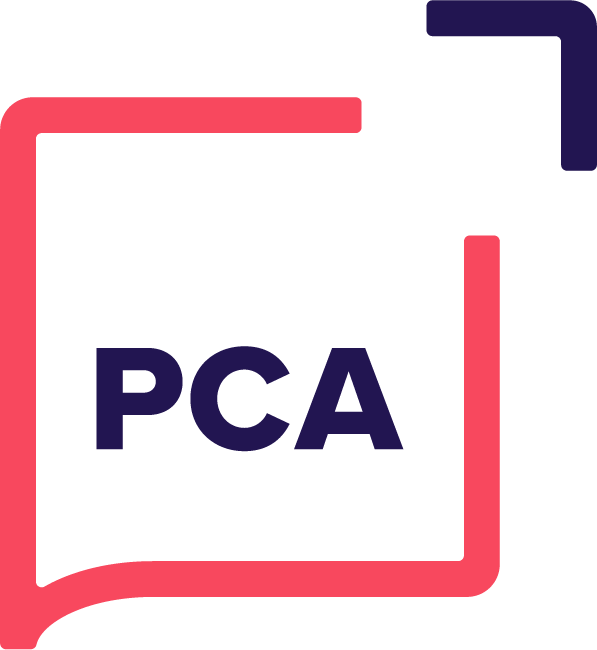The Law of Diminishing Returns is an economic principle that describes the eventual decline in output associated with increasing investments into a product/service. For example, if one factor of production (number of workers) is increased whilst other factors (machines and workspace, for example) are held constant, the output per unit of the variable factor will eventually diminish.
The Law of Diminishing Returns and Human Growth
The Law of Diminishing returns can also be applied to our own efforts of self-improvement. When a beginner starts using the gym, they will quickly see results from their efforts. But, as they spend more time in the gym, their increase in fitness will get smaller and smaller. It’s far easier and quicker to go from absolute zero exerciser – to beginner exerciser, than it is to go from good/average exerciser to advanced – and this applies to almost anything.
Why the Law of Diminishing Returns Can Be a Bad Deal
This is the reason The Law of Diminishing Returns makes it so difficult to achieve mastery.
It requires a lot more input over time, to see the same incremental returns on your efforts that once appeared in the beginning. This can be incredibly frustrating and it’s often why people loose motivation. Think about it, the first few weeks of any diet or excerise program seem to go well for people and then after, they drop out like flies.
How To Use The Law of Diminishing Returns for Optimal Growth
The Law of Diminishing Returns sounds like a bad deal but there is a way to use it your advantage – The Law of Maximal Returns.
If we are aware of the maximal returns that occur at the beginning of the learning curve, than we should abuse that period. For example, the best way to enhance your self-improvement is to focus on areas where you haven’t already invested a lot of time and energy.
Taking up a brand new subject, allows you to slide straight into the area of maximal returns (the beginning) with the least amount of input. This kind of equation is perfect for people with many commitments that also want to focus on self-improvement. In just a few hours a week, you can see large and satisfying returns from your efforts to learn a language, meditate or even to paint.
To continue utilising the Law of Maximal returns, you eventually need to move on from learning one new skills to another. You need to be the jack-of-all trades. Essentially you are committing to learning a little about a lot of things rather than a lot about a few things.
What if Our Ideas of Mastery are Counter-Prodcutive?
Does this mode of leaning go against your typical need to be perfect? Or do you like the idea of mastery? Well, we all do. But what if we have a glorified idea of mastery? What if we should embrace holistic learning? Scott Adams, calls this approach to learning “Talent Stacks”, he believes that people tend to hone in on being great at one thing and actively miss out on the benefits of holistic learning. For example being good or even mediocre at a combination of things enhances your ability to be creative, you start combining your skills to work in ways that others cannot. This, not only, increases innovation in business but it also allows you to be incredibly competitive. A real world example of this, used by Adams, is Donald Trump. Adams argues, Trump was elected because of his “Talent Stack” Trump may not be “great” at certain things, but he is, “good enough” in many things that combine together to make him very persuasive.
Whether or not this holistic approach to learning bodes well with your ideas of success – it’s a fact that if you focus on one area of your skills in pursuit of mastery you are compromising on other areas of your development. Following the Law of Maximal returns, personal development is best achieved not by excelling in a single dimension, but from the total growth and learning many experiences over the course of your life.

